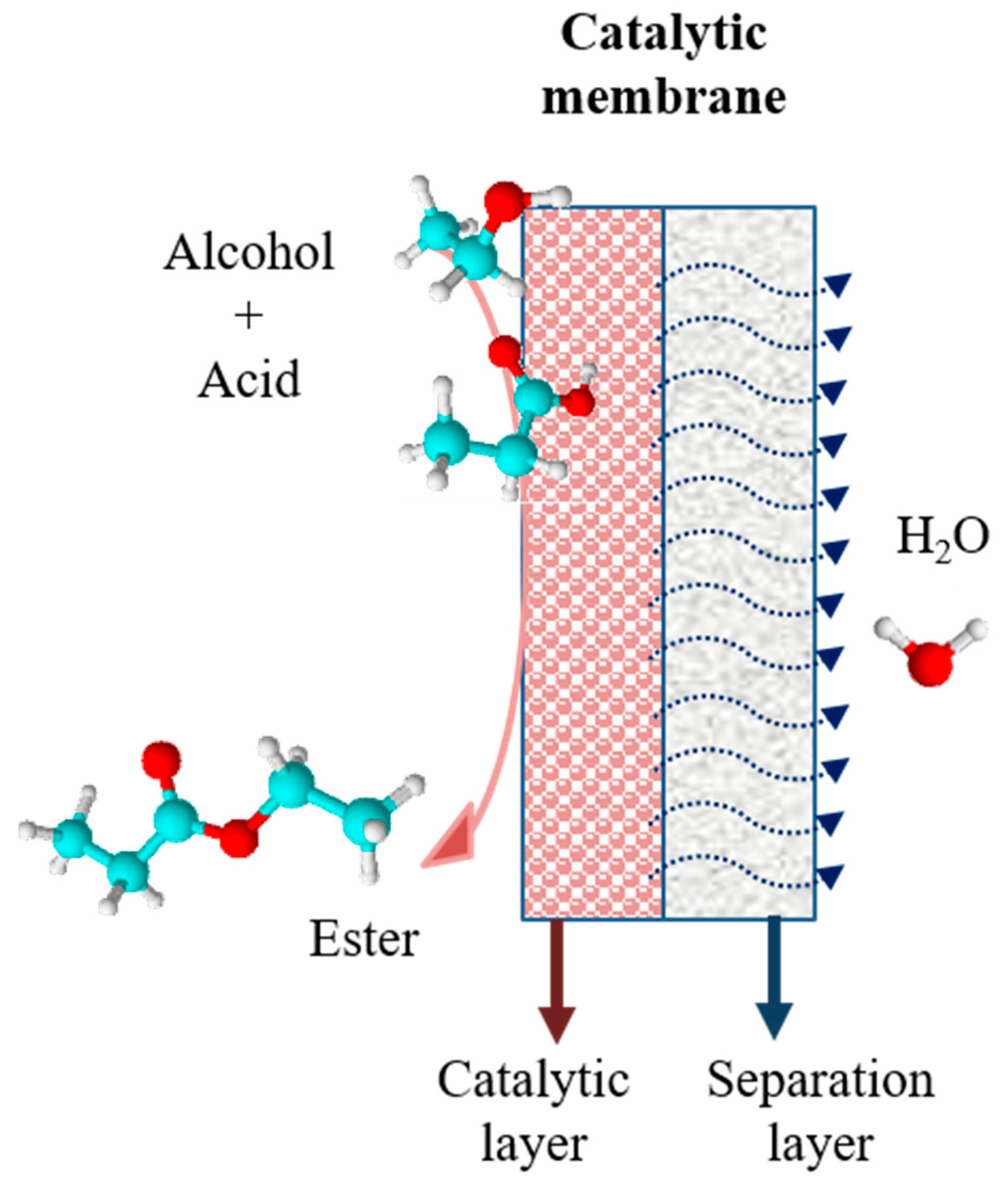

Finally, the best encapsulating agents were dextrin (73.49 ppm) and the dextrin and maltodextrin mixture (72.58 ppm). In addition, woody and alcoholic notes were identified by the panellists. The results showed that when these techniques were applied to two iced beverages, they produced an odour of fruity notes, especially those of banana. These were subsequently concentrated by pervaporation and microencapsulation by spray drying using different encapsulating agents. In this work, we obtained the production of different aroma compounds in significant concentrations, such as isoamyl acetate, isoamyl alcohol, ethyl acetate and acetaldehyde, among others, from agribusiness by-products (sugarcane molasses) and using Pichia fermentans. An alternative, sustainable and promising route for the natural production of flavour compounds is microbial transformation processes. However, these compounds are mainly produced by chemical synthesis. The present and future of Brazilian sugarcane biorefinery are discussed in terms of the exploitation of sugarcane, research and innovation with the integrated production of sugar, biofuels, bioelectricity, biopolymers, organic acids, enzymes and other biomolecules, as well as the use of process-generated liquid and solid by-products and/or wastes.Īroma and fragrance compounds have broad applications in the food, cosmetic and pharmaceutical industries. This review presents the current status and future perspectives of sugarcane as a potential biofactory. After the establishment of the 1G technology, the 2G and 3G technologies are being developed, bringing new possibilities for value-added biochemicals production, in integrated systems with minimized emissions with a non-waste vison and circular bioeconomy. Brazilian government policies have created the optimal scenario to consolidate the first sugarcane 1G biorefinery with biofuels, sugar and bioelectricity production, trying to reach sustainable and low-cost solutions. In this context, the production of biomaterials and biofuels and their effective use are promising ways to reach these goals. Sugarcane has become an important raw material as a solution for this demand since it is grown in more than 100 countries and can potentially reduce greenhouse gas (GHG) emissions. The world has been searching for clean and renewable alternatives to provide new materials and energy and, consequently reducing the dependence on petroleum fossil fuels.


 0 kommentar(er)
0 kommentar(er)
